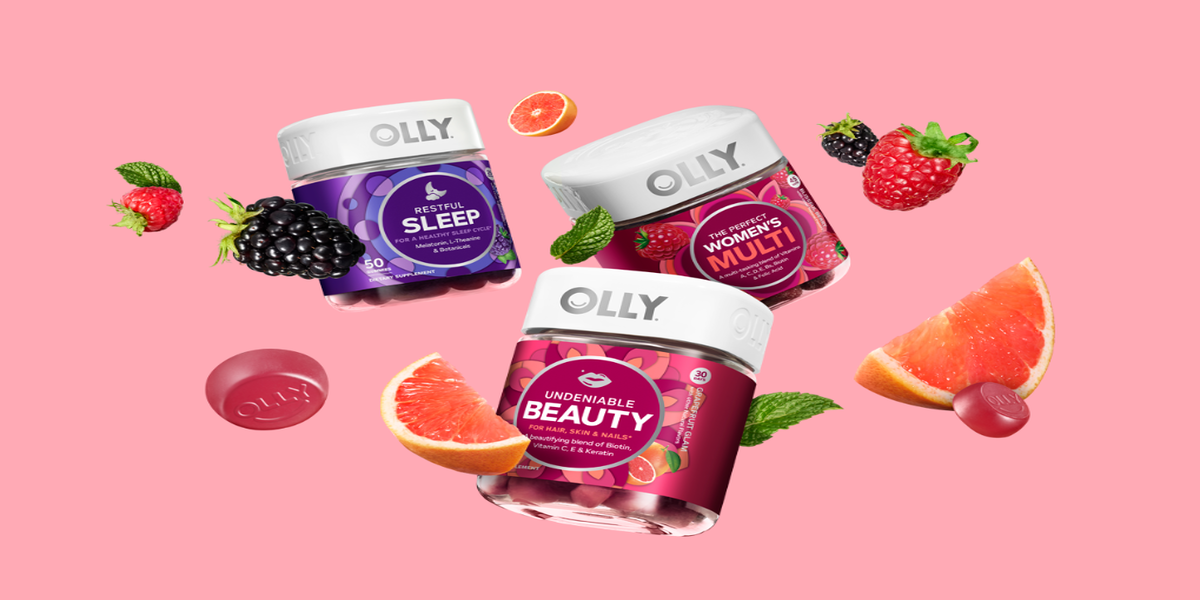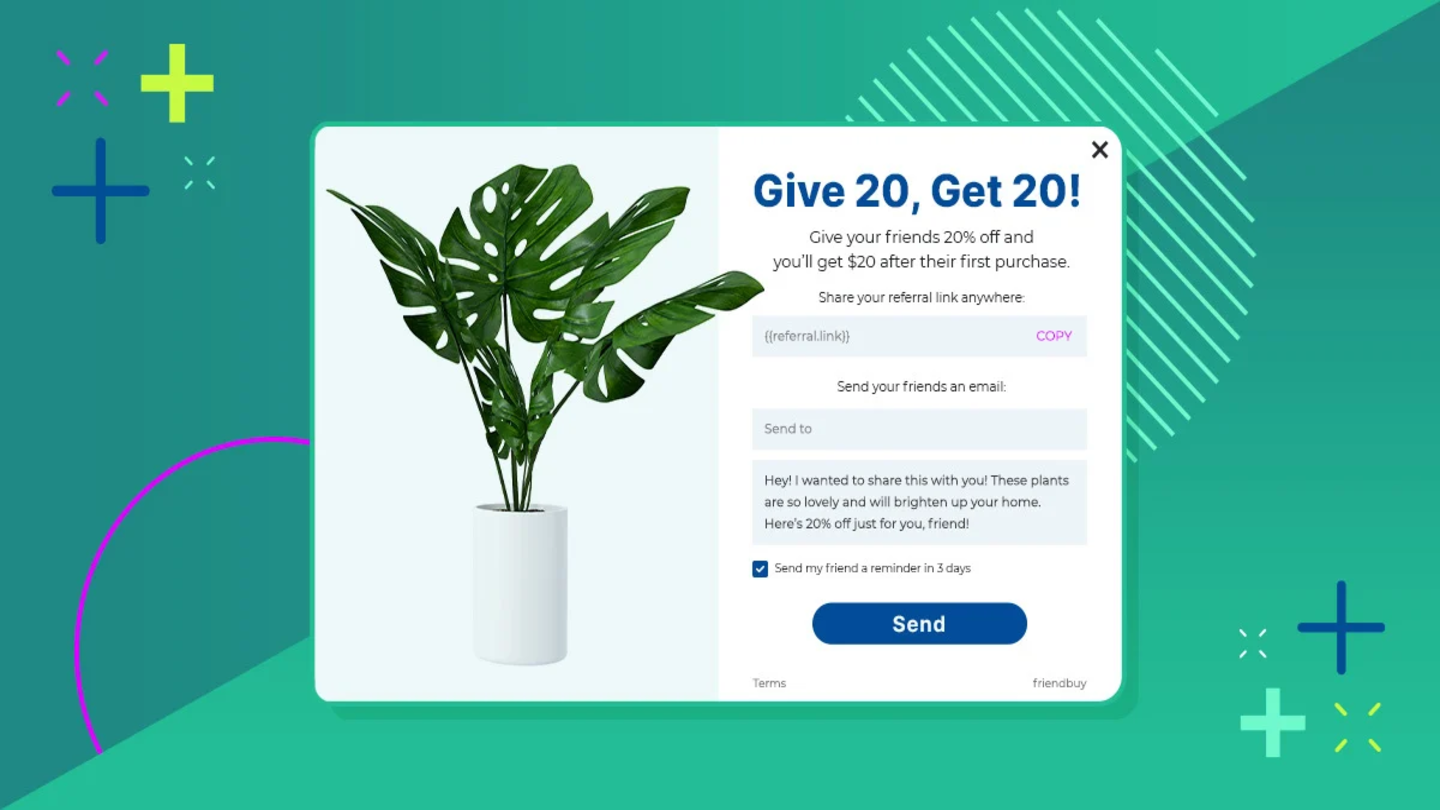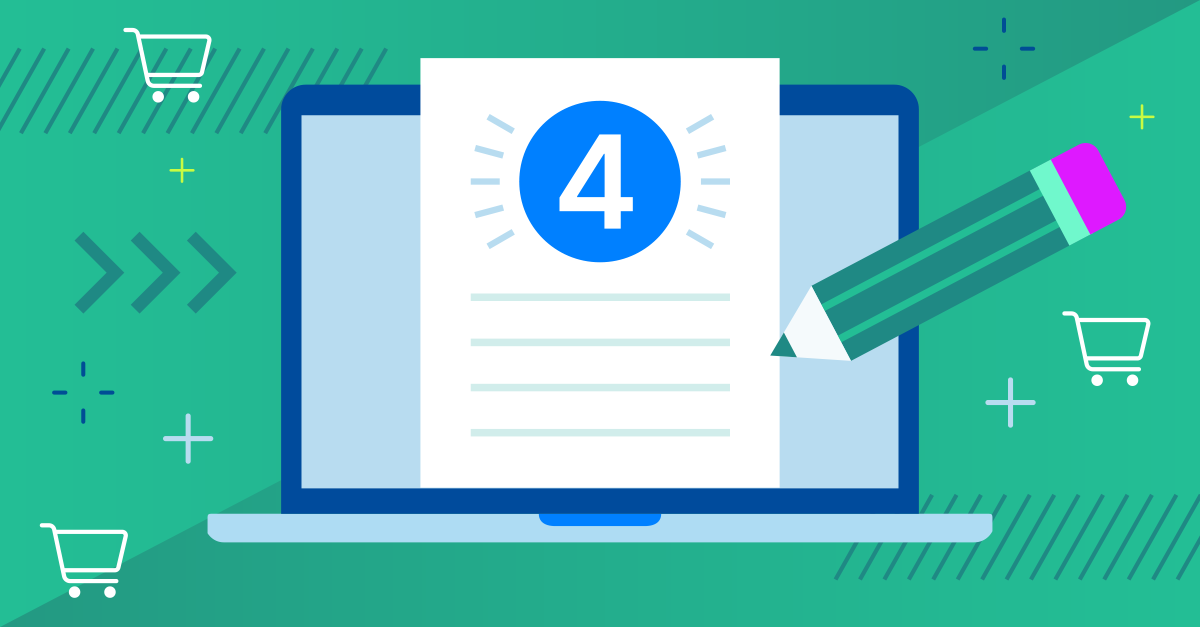Share this article
Table of Contents
Quick — try and name a consumer brand that goes negative in their advertising copy. I'll wait.
Can't think of one?
Neither can I.
The only time you see negativity in marketing seems to be for public service announcements about smoking...
Unlike politicians, marketers are terrified of hurting their brand value by connoting negative emotions with their products. Which got me thinking, if it works for politicians, why can't it work for ecommerce marketers?
I did a little research, and it turns out tapping into negative emotions to activate desire works. In a study published by Canadian researchers in February of 2015, they found that the experience of desire is generally accompanied by feelings of pleasure - obviously - but also guilt, discomfort, and control.
Let's see how we can use these four facets of desire -- pleasure, guilt, discomfort, and control -- in ecommerce copywriting to boost conversions and revenue. We'll give you solid ecommerce copywriting examples and actionable copywriting tips that you can start using on your online store's website today.
E-commerce copy too often focuses on that first facet of desire: pleasure.
We fail to realize that there are 3 other emotions we can use to activate desire in our prospects, which can help to convert them into happy, repeat customers.
I did a little further digging and found a 2012 study by UMass-Amherst researchers on the effects of positive and negative campaign messaging.
The researchers surveyed college students on their reactions to different kinds of negative and positive campaign messages for a fictitious election. What was interesting was that when they tested strong negative messages alongside weak negative messages, the researchers found both had the same effect. The content of the messages didn't matter — once students started processing a negative message, the same feelings were activated.
Which means what?
Simply this: we don't have to "go negative" to play on these added facets of desire. By simply alluding to guilt, discomfort and control in our copy, we can activate powerful desires in our customers.
If you think about it, some of the most successful campaigns have used this to their advantage.
For example, Nike's "Just Do It" campaign.
It's classically aspirational ad copy... but it also plays on guilt and control.
Or consider L'Oreal's Because You're Worth It campaign.
Another classic aspirational ad campaign that focuses on self-esteem. But indirectly, it also assuages any guilt someone might feel about buying a luxury beauty product...
So what should you take from this?
Don't be afraid to tap into these other three facets of desire in your copy. If not, it's like your ecommerce copy is only operating at 25% of its capacity!
Now let's take your ecommerce copy from good to fan-freakin-convertin'-tastic...
The 4 Pillars of Ecommerce Copywriting
All ecommerce copywriting formulas will involve one of the four principles of copywriting that we can lean on when writing ecommerce sales copy:
- Usability
- Persuasion
- Trust
- Search Engine Optimization (SEO)
Comforting, right? Let's dig into usability first.
1. Usable Copy
Usable copy is, at minimum, readable and easy to consume. It helps you lower your bounce so you can shrink the number of website visitors that, as Avinash Kaushik puts it, "Came, puked and left" your online store.
First, here is an example of some puke-tastic copy, listing some product features:
We'll spare the perpetrator of this crime against ecommerce copywriting, but let's make clear that this is not a proper use of bullets. Sure, you want to use headings, subheadings, and bullets liberally in your ecommerce copy, but it should all be in the spirit of "readability" - not helping your customers go cross-eyed.
Friendbuy customer example: Here is a much more readable product description from mattress and bedding company Koala. See how they break their product descriptions up into three lines:
- the "so what"
- the need-to-know specs
- personalized product recommendation
This is what we mean when we talk about usable copy.
Rather than repelling visitors, usable sales copy helps visitors make a decision.
2. Persuasive Copy
Remember the 4 facets of desire we talked about earlier? All of those fall under the persuasion umbrella of ecommerce copywriting. Writing persuasive copy is all about getting in your customer's head and evoking an emotional response that leads them down your sales funnel.
Persuasive copy isn't about tricking visitors into making a purchase, but writing copy in an empathic, human style that will bring them back again and again to your ecommerce site.
Good copywriting does this by tapping into very basic (and strong!) human emotions that elicit a certain response, like trustworthiness or impulse purchasing.
There are plenty of persuasion copywriting techniques. Let's look at how a few ecommerce marketers knock them out of the park.
Friendbuy customer example: Check out this product description for a sweater from ecommerce retailer Outdoor Voices.
"An extra roomy and cozy sweatshirt made in our 63% recycled wool MegaFleece fabric. Designed to keep you outside when the temperatures drop."

Outdoor Voices evokes a desire for comfort and versatility in this product description by using words like "roomy" and "cozy".
Friendbuy customer example: Getaway helps people book a getaway house in the woods somewhere within driving distance of where they are. Their ecommerce copy highlights the key benefits in short and sweet blurbs.
Friendbuy customer example: For Love and Lemons ecommerce copywriting refers directly to the customer and makes the statement about them. The copy also alludes to a sense of guilt and discomfort, like the brand is encouraging the customer to be bold and proud.
Friendbuy customer example: By Humankind displays great copywriting front and center on the homepage. The first line says what the brand is about and the second line overcomes any objections customers might have about how well their products work.
Showing what makes your store unique in your copy is very persuasive, because it humanizes your brand and makes people feel more comfortable buying products from you.
What copy could you change on your site today to better reflect the words that your prospects are actually using? Instead of the marketing speak you've been told to use?
3. Trustworthy Copy
According to a study by Taylor Nelson Sofres, customers will terminate 70% of online purchases due to lack of trust. This lack of trust leads ecommerce stores to lose over $1.9 billion annually. Even more, a study of UK-based ecommerce stores without customer reviews or recommendations were losing over $13 billion in revenue.
So how can you build trust with customers?
For ecommerce stores, trustworthy copywriting can build trust with potential customers.
One popular strategy: share customer testimonials on the homepage and product pages and let your paying customers do the talking for you.
Friendbuy customer example: Artifact Uprising displays customer testimonials right on the homepage with a link to see even more.
They also have customer testimonials on product pages with the option to search. This provides social proof and builds trustworthiness, as if to say "ask your friends, we have nothing to hide."
You can also build trust with your tone of voice, just like Artifact Uprising does with "Take it from our community..." It's that kind of gentle and inviting tone of voice that leads to more sales.
Another powerful way to build trust with your sales copy is to be specific. Use bullet points to list and describe product features, like dimension, material, or weight.
Friendbuy customer example: For Love and Lemons uses bullet points on their product pages to quickly list important product features for potential buyers. These product features include the print and fabric, the angled pin-tucked cups sewing pattern, and details that potential buyers might really want to know without realizing it (like if a dress is lined or unlined).
You'll also notice the brand voice is casual and a little cheeky: "If we're playing dress up, I think she wins."
The same principles apply to landing pages and category pages. The more that customers can see your brand personality and why others love your brand so much (AKA social proof), the more you can build trust...
... and boost sales.
4. SEO-Friendly Copy
If you're an online business then your target audience is everywhere. So the best way to organically attract potential customers to your online store like moths to a flame is with search engine optimization (SEO). By including SEO copywriting in your content marketing strategy, you're making sure that those words are seen far and wide.
While the ideal would be to hire an ecommerce copywriter that is already skilled in SEO copywriting, you can also get pretty far just by understanding some of the basic ranking factors for search engines.
Friendbuy customer example: Artifact Uprising uses basic SEO principles in the product page title and category page content. The product page title is "Custom Photo Books | Photo Albums Online | Artifact Uprising", which includes two target keywords and the brand name. The category page content includes lots of technical terms, like "softcover or hardcover" and "premium paper".
What Artifact Uprising demonstrates here beautifully is that the ecommerce copywriting process not only writes for potential customers but also for search engines.
Beyond the Basics: Don't Be Afraid to Turn Some People Off
If you are looking to be more bold... dare I say even more exclusionary with your ecommerce copy... take a look at what eccentric gift ecommerce store Firebox does with their copy.
Right off the bat, the tagline for their brand on Firebox.com is "Not For Everyone," which of course makes us even more curious as to what's inside...which we can see is a whole lot of fun. They're activating our desire by playing with our sense of comfort.
If you scanned the bullets or description above, do yourself a favor. Read them.
Most ecommerce marketers would balk at the bullets Firebox uses. Some of them aren't even features: "Groom your child to be the fourth Bee Gee" Like, quoi??? But Firebox has it exactly right - they are trying to create a product universe that is quirky, idiosyncratic, and downright funny. The result? People might actually remember them, connect with them, feel something about them - notice them!
The product description (immediately below) for this hilarious t-shirt is just as entertaining, stoking desire in the customer by sarcastically noting you can bring your kid back to the 70's with the shirt.
If the products in your store are a little out there, then own it throughout your site, especially in your product descriptions. Consider it a competitive advantage of your brand that you can entertain your customers simply by owning what your brand stands for.
And if your products seem exactly the same as everyone else's, well, all the more reason to work extra hard on your copy to make people feel something and increase the likelihood that your message will stick.
Fans of the recently departed hit comedy series Parks and Recreation know that Ron Swanson (played by the hilarious Nick Offerman) stands above all men. It turns out the copy for his ecommerce store, Offerman Woodshop (OWS), does as well.
Yes, in real life, Nick Offerman respects wood as much as the character he plays, and he writes funny, persuasive copy as well. Just take a look at his reference to Lord of the Rings' "Middle-Earth" in his About page.
Of course, the manly humor doesn't stop at the About page.
The following whiskey coasters allow you to safely get a little tipsy without worrying about your precious wood surfaces at home. *Scotch not included
See what I mean by embracing your brand and letting it shine in your copy?
Firebox and OWS might make people uncomfortable with their copy, but that's OK. They know that. And those who are uncomfortable probably weren't going to be customers anyway. But for the people who are into it, their copy becomes the flame to which moths are magnetically drawn.
Good Copy Isn't Just For Product Descriptions Either...
Too often we ecommerce marketers can get hyper-focused on the little things like product image sizes and descriptions without thinking of the bigger picture... and big ways to expand what an ecommerce store can be online.
A good example of an ecommerce brand thinking outside the box in their copy is the luxury men's ecommerce store Mr. Porter, which publishes "The Journal" every week on their site. "The Journal" is essentially an online magazine that has a weekly theme and features well-known guys like tennis star Andy Murray.
The Journal is an extension of the Mr. Porter brand, helping create a content ecosystem with long-form copy that feels much larger than your typical ecommerce store. But how does it tie into actually selling products?
The Journal is much like a style magazine, but better. Because it lives online, Mr. Porter enables readers to "shop the story," with links to the actual clothing those featured in the stories are wearing.
They also link to all the products featured in each issue on the cover, giving customers new products each week that are paired with each new issue, creating a sense of novelty and exclusivity that is irresistible.
Remember, don't be afraid to use so-called negative emotions like guilt, discomfort, and control to elicit desire in your customers. Very few ecommerce marketers are brave enough to use this copywriting strategy. So think of it as your new competitive advantage, allowing you to stand out amongst the crowd.








